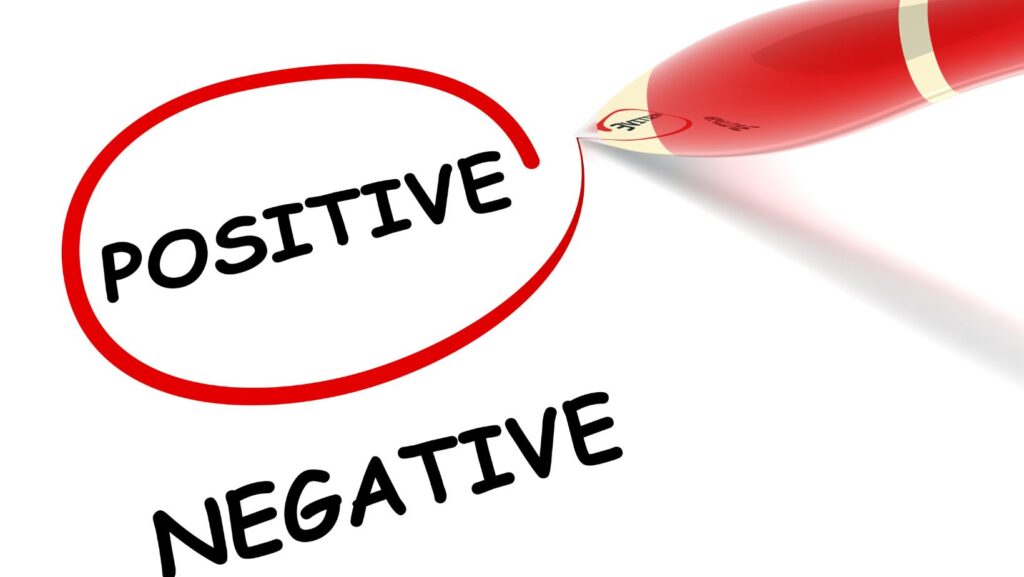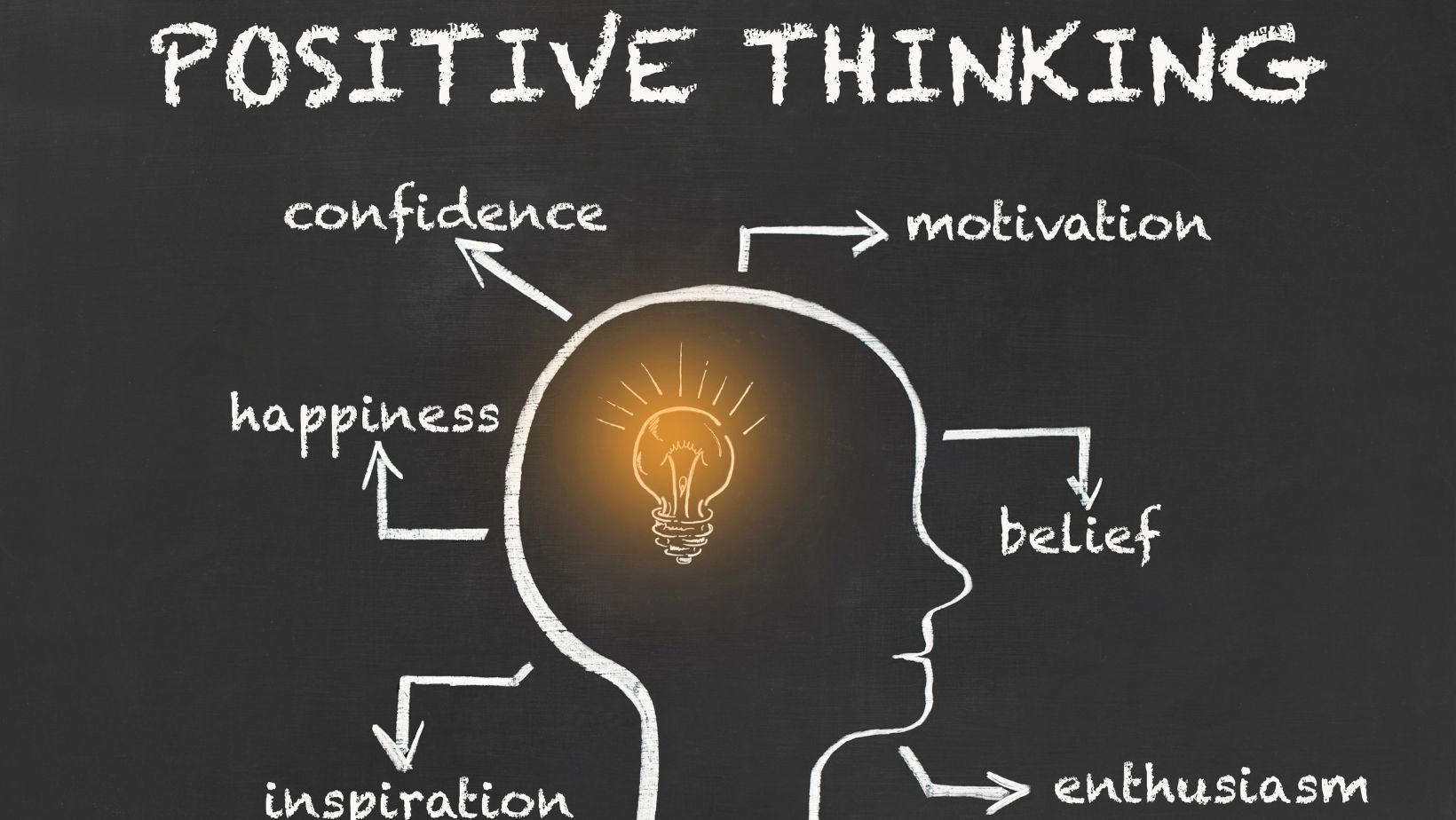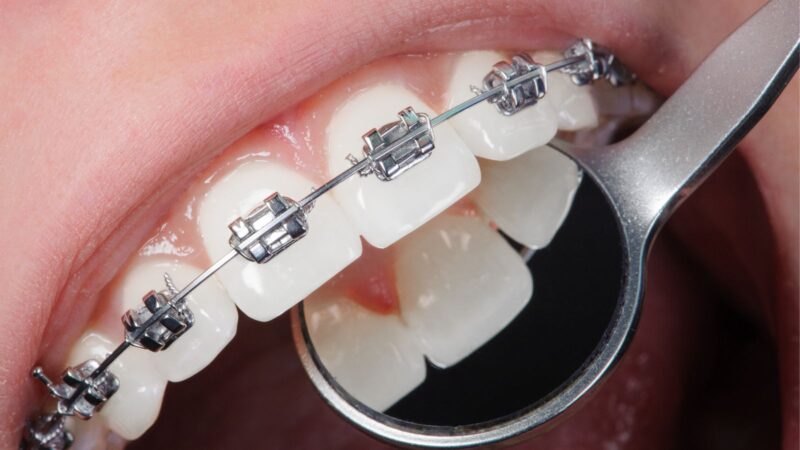
Toxic positivity refers to the practice of dismissing, minimizing, or denying any negative emotions or experiences in favor of a bright, cheerful, “good vibes only” mentality. This can be harmful as it invalidates very real human emotions and prevents honest conversations about difficulties people face in life. However, with compassion and wisdom, we can overcome toxic positivity.
The Problems with Toxic Positivity
Forcing positivity and shaming others for negative feelings is unfortunately common in our culture. Phrases like “good vibes only,” “don’t be so negative,” and “just think positive” seem encouraging on the surface. But this simplistic advice glosses over life’s complexities and implies negativity is somehow a personal failure.
Social media often fuels toxic positivity by portraying carefully curated, smiley versions of people’s lives. The pressure to appear happy online causes some to hide their real struggles. This propagates unrealistic standards that marginalize sadness, grief, stress, and anger as abnormal when they are all very human experiences.
The Risks of Suppressing Difficult Emotions
Well-meaning friends or family can unintentionally contribute to toxic positivity. Comments like “look on the bright side” or “every cloud has a silver lining” dismiss valid feelings of despair after a breakup, job loss, illness, or other misfortune. This can compound emotional pain by making people feel guilty or ashamed for not being happy.
Pushing down negative emotions never makes them disappear. Unprocessed, suppressed emotions accumulate and eventually erupt in less healthy ways like resentment, panic attacks, burnout, destructive behaviors, and severed relationships.
Cultivating Healthy Positivity
While toxic positivity stems from good intentions, it helps no one. Moving forward requires a more thoughtful, nuanced approach that makes space for our shared humanity. We must acknowledge that behind each smile and positive Instagram post lies a complex tangle of light and dark emotions. With compassionate understanding, we can support one another through all seasons of life.
Getting Comfortable with Discomfort
Negative emotions alert us that something requires our attention. Rather than rush to make unpleasant feelings disappear, we can view them as teachers pointing to unmet needs. This reflection reveals opportunities to care for ourselves and make positive changes.
Of course, getting comfortable with discomfort is easier said than done. Journaling, therapy, support groups, or just a listening friend can aid this inner work. We may discover sources of negativity we can eliminate by establishing healthier boundaries, communication habits, or lifestyle routines.
Cultivating Compassion for Ourselves and Others
To overcome toxic positivity, prioritize self-compassion. Be patient with yourself when you feel sad, angry, or afraid. Talk to yourself like you would a dear friend, with gentleness and understanding rather than judgment.

Likewise, relate to loved ones struggling with job loss, infertility, chronic pain, depression, or grief with compassion. Offer a listening ear, make warm meals, help with chores, extend grace, and point them to professional mental health support if needed.
Infusing Positivity with Emotional Depth
Cultivating healthy positivity requires embracing the full spectrum of human emotions. We can share encouraging memes, quotes, and stories without denying or diminishing suffering. Posting vulnerably about our own mental health journeys on social media can inspire others to do the same.
Positive thinking still has merits when grounded in emotional honesty. Visualizing goals, focusing on solutions, and practicing gratitude can pull us through adversity. The key is balancing positivity with space for negative emotions, too. For lasting hope, joy, and resilience, wisdom says: Feel it all, understand it all.
Taking Action to Overcome Toxic Positivity
Moving beyond toxic positivity requires more than just increased awareness and compassion. We must take active steps to create an atmosphere where people feel safe being human together in all their messy complexities. Start implementing these strategies in your friendships, family relationships, workplace culture, and online communities.
Set Healthy Boundaries Against Unsolicited Advice
If friends or relatives frequently diminish your feelings with toxic positivity, politely tell them how this affects you, set boundaries, and change the subject or walk away if needed. You deserve support that honors your emotional experience.
Likewise, resist the temptation to “fix” people who are struggling or offer platitudes that invalidate their pain. Simply listen, express concern, and ask how you can help. Offer specific, practical assistance like childcare, rides to the doctor, or home-cooked meals.
Evaluate Your Social Media Habits
Commit to more mindful social media use if you catch yourself portraying an overly rosy life online. Share realistically about both ups and downs. Interact meaningfully with friends who post about difficulties in their lives. Provide encouragement and physical assistance if possible.

Limit consumption of accounts that fuel anxiety, unrealistic standards, or the pressure to perform happiness. Surround yourself with voices that inspire growth while keeping it real about mental health.
Infuse Your Workplace Culture with Emotional Intelligence
If you’re in a leadership role at work, model openness about the full range of human emotions. Demonstrate that mental health days and discussions about stress are normal and encouraged. Promote work-life balance policies that allow people to recharge.
Implement training to help employees manage difficult emotions like grief, anger, and anxiety in healthy ways. Consider offering mental health benefits, support groups, counseling services, and wellness programs that foster authenticity over toxic positivity.
The journey beyond inauthentic positivity may feel uncomfortable at first, but it is necessary for the healthiest relationships, self-awareness, and resilience. As we expand our capacity to hold space for joy and pain together, we become fully human again.












